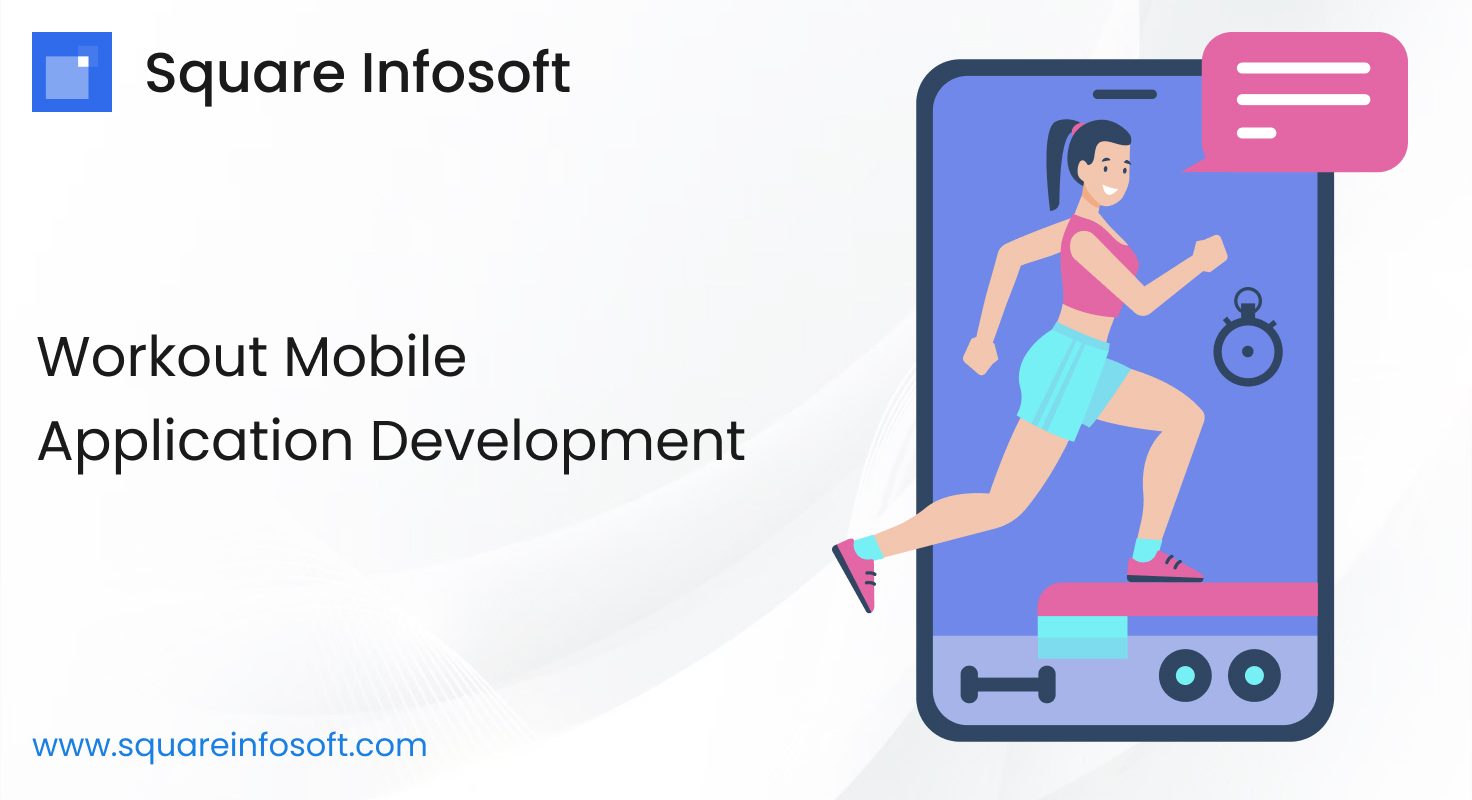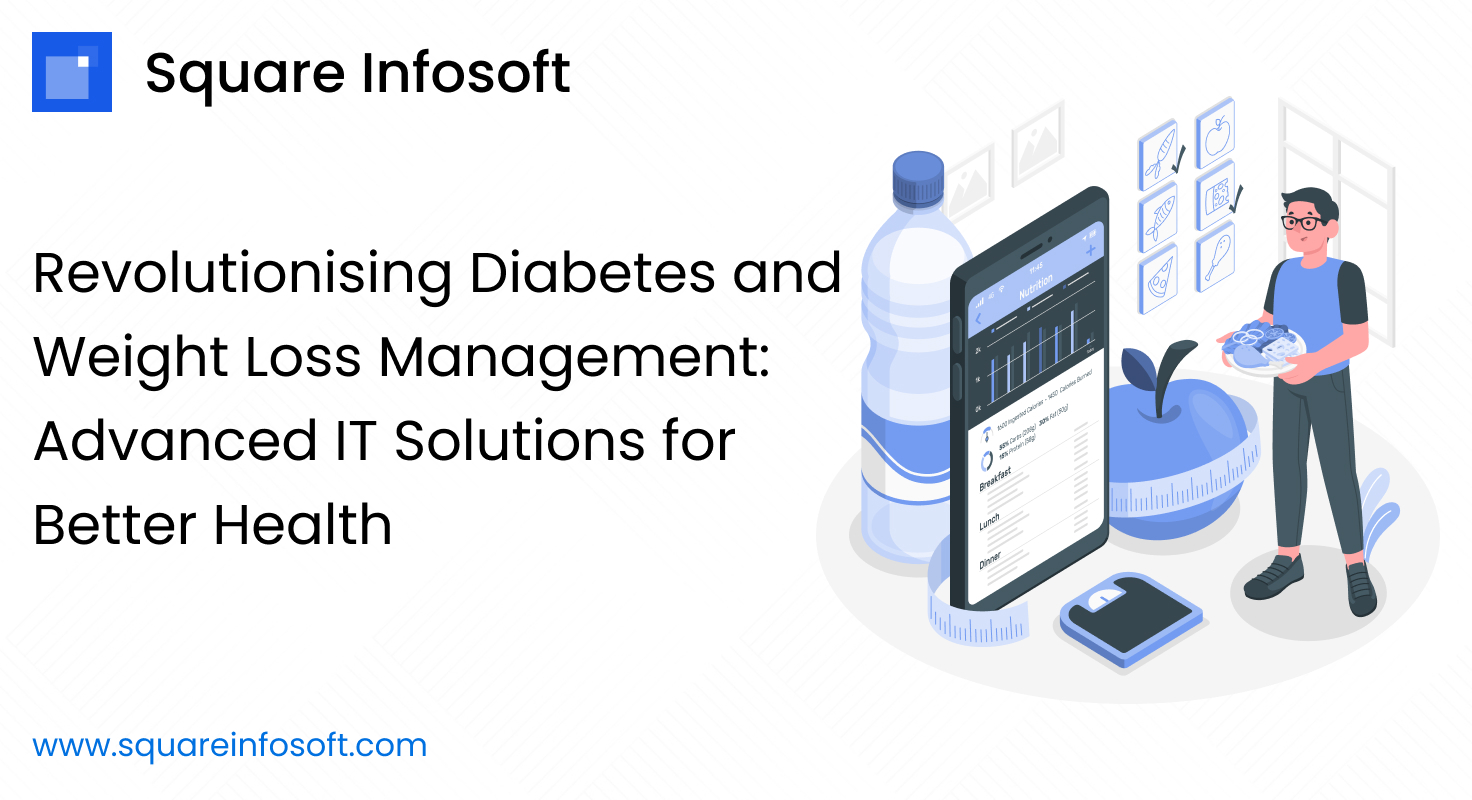Developing a workout app involves several stages, from initial planning to deployment. Here’s a detailed explanation of the process:
- Define Requirements:
- Identify the target audience, fitness goals the app will address (e.g., weight loss, muscle gain, general fitness), and key features such as workout tracking, exercise libraries, progress tracking, nutrition tracking, social sharing, etc.
- Market Research:
- Analyze existing workout apps to understand their strengths, weaknesses, and unique selling points. Identify gaps in the market and areas where your app can offer something new or better.
- Wireframing and Design:
- Create wireframes or mockups of the app’s user interface (UI) and user experience (UX) design. Define the app’s navigation flow, layout, and visual elements. Ensure the design is intuitive, visually appealing, and aligns with the app’s brand and target audience.
- Choose Development Platform:
- Decide whether to develop the app for iOS, Android, or both platforms simultaneously. Consider factors such as target audience demographics, market share, development resources, and budget.
- Select Development Tools and Technologies:
- Choose the appropriate development tools and technologies based on the selected platform(s). For example, for Android development, you might use Android Studio with Kotlin or Java, while for iOS development, you might use Xcode with Swift.
- Develop Features:
- Start building the app’s features based on the defined requirements and design. This may include implementing workout tracking, exercise databases, user authentication, social sharing, in-app purchases, etc. Ensure the app is responsive, performs well, and follows best coding practices.
- Testing:
- Conduct thorough testing of the app to identify and fix bugs, ensure functionality across different devices and screen sizes, and validate user experience. Perform unit testing, integration testing, and user acceptance testing to ensure the app meets quality standards.
- Feedback and Iteration:
- Gather feedback from beta testers, fitness enthusiasts, and potential users. Use this feedback to iterate on the app’s features, UI/UX design, and performance. Continuously refine and improve the app based on user input and market trends.
- Deployment:
- Prepare the app for deployment by optimizing its performance, addressing any remaining issues, and ensuring compliance with app store guidelines (e.g., Google Play Store, Apple App Store). Generate necessary assets such as app icons, screenshots, and descriptions. Submit the app for review and approval.
- Launch and Marketing:
- Once the app is approved, launch it on the app stores. Develop a marketing strategy to promote the app and attract users. This may include social media marketing, influencer partnerships, app store optimization (ASO), and advertising campaigns.
- Post-Launch Support and Maintenance:
- Provide ongoing support for the app, including bug fixes, performance improvements, and updates to keep the app relevant and competitive. Gather user feedback and analyze app usage data to inform future updates and enhancements.
By following these steps, you can effectively develop a workout app that meets the needs of your target audience and stands out in the competitive fitness app market.




